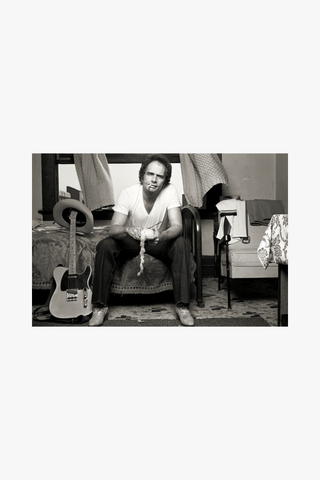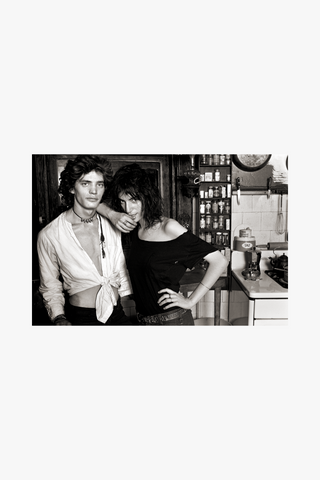-

-
Call Us
- Shop
- About
- Photographers
- Events
- Shop by Style
- Portrait Photography
- Live Performances
- Candid Shots
- Recording Studio
- Backstage Moments
- Album Covers
- Shop by Type
- Archival Pigment Prints
- Silver Gelatin Prints
- Color Prints
- Hand Signed Prints
- Estate Stamped Prints
- Large Format Prints
We've sent you an email with a link to update your password.
Login
Reset your password
We will send you an email to reset your password.

























